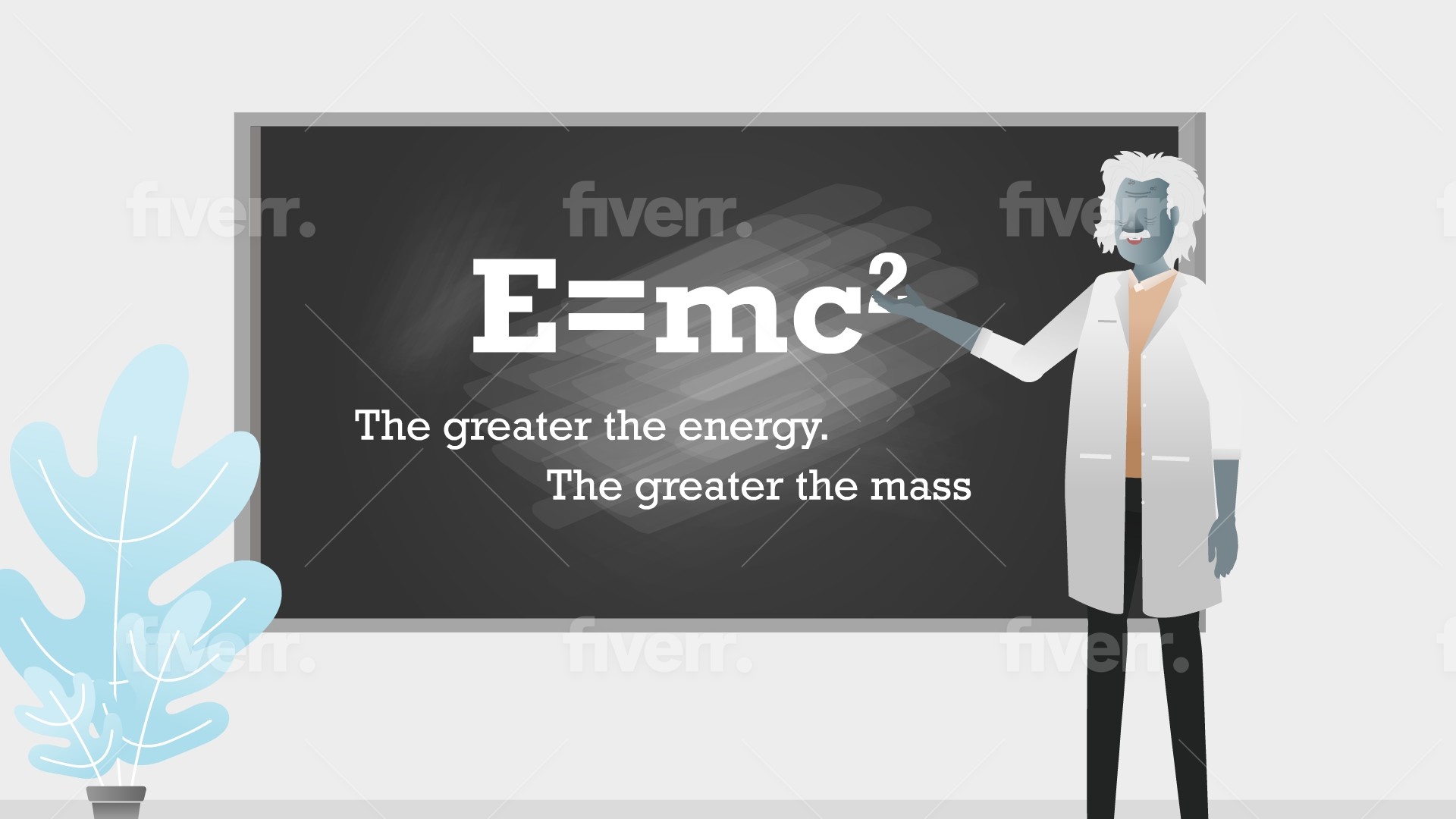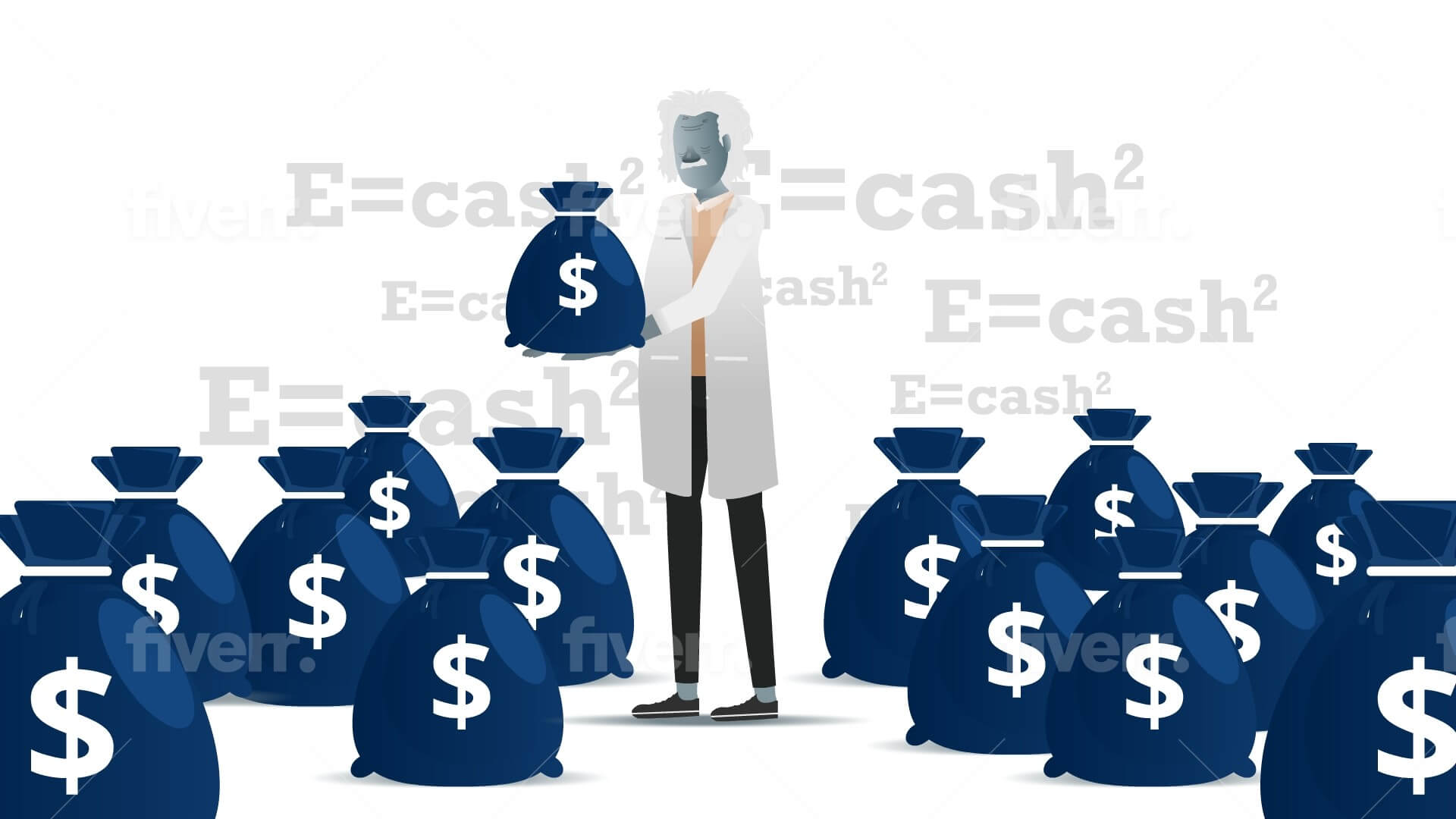The impact of energy on cash collection
4D Contact, Global Debt Recovery and Credit Management ServicesWritten by Mark Smith
Read it in 4 minutes
 1200
627
1200
627
Written by Mark Smith
Read it in 4 minutes
Mark Smith
Written by Director of International Debt Recovery & Credit-Control provider 4D Contact, Mark is an invoice-to-cash process expert. He specialises in working in partnership with his clients to build and deliver bespoke solutions which secure cash targets and their customers an outstanding experience.
13 November 2023
In the current economic environment, it is crucial to understand the impact of energy on cash collection to ensure your business meets its cash collection targets. It is no secret that if you increase the energy of your collections activity, you will see better results. Businesses with highly efficient and effective credit and collections processes understand they must place energy into the implementing the right software solutions, building the right teams, and having the right amount of activity within their processes, to push their customers to pay.
As Einstein proved within the most famous equation ever written – E=MC2 – energy and mass are relative and when you change one you will change the other. Albert Einstein’s theory of relativity has very accurately predicted some rather strange phenomena including astronauts in space aging slower than people on Earth and solid objects changing their shape at high speeds. It is therefore surprising how many businesses, and third-party debt collection providers, ignore this basic principle within their cash collection process and think a couple of letters or emails will be sufficient energy to optimise the “mass” of their cash through the door.

A strong credit and collections process will have “energy” within all three stages of the process. From credit-control – nudging payment, to debt collection – pushing those late payers, through to legal services – enforcing payment for those who refuse to pay. However, energy does not mean a splatter gun approach to collections. It is critical to use the right interventions at the right time, to minimise any potential friction in you customer relationships whilst still applying gentle pressure to act.
The key function of the credit-control stage of the process is to open communication lines with your customer to help facilitate payment. Proactively contacting customers prior to the payment due date to confirm receipt of invoice and ensure the customer is satisfied with the product or service they have received. Energy here needs to be directed to both touching as broad a base of customers as possible, resolving any disputes which might be a barrier to payment, and securing promises to pay.
This simple courtesy call can help cement customer relationships ensuring your customer feels valued and heard and increasing the potential mass of any future business!
Whether managed by an inhouse team or an outsourced third-party provider, when an account moves into the debt recovery stage, a firmer push is now required to secure payment. However, you choose to contact your debtors; letter, email, SMS, or phone – the volume and energy of activity will usually directly correlate to your debt recovery results.
However, whilst “energy in = cash out”, “energy in = customers out” needs to be avoided. Finding the right approach to collecting payments while nurturing those all-important customer relationships is a critical part of the debt recovery process.
When all efforts at an amicable resolution fail, enforcing payment through legal action could be the only option. However, the decision to move to litigation must balance risk and reward as not all cases will be successful. Choosing carefully where to direct your energy into the litigation process will be crucial.
By understanding the impact of energy on cash collection, you can develop strategies and implement measures to optimize the process. This may involve providing your team with the necessary resources and support to maintain high levels of motivation and focus. It could also mean exploring innovative technologies and automation tools that can streamline and simplify the collection process, reducing the overall energy expenditure.
At 4D Contact, we recognize the impact of energy in cash collection, and we are here to help you navigate this complex landscape. Our team of experts can provide you with tailored solutions and insights that will empower you to optimize your cash collection efforts, ensuring a steady and reliable flow of revenue.
Author: Mark Smith
If you are looking to optimise your cash collection before year end and would like to discuss how 4D Contact can help, please click here to request a call back.
Contact us now at: sales@4dcontact.com or on 020 37691487.
![[TOFU offer] eBook – A C-Suite executive’s guide to Delivering successful order-to-cash transformation](https://www.4dcontact.com/wp-content/uploads/2019/08/img-ebook-preview-order-cash-transformation.png)
A review of the considerations and tactics critical to achieving successful transformation within your order-to-cash function
Download free guide